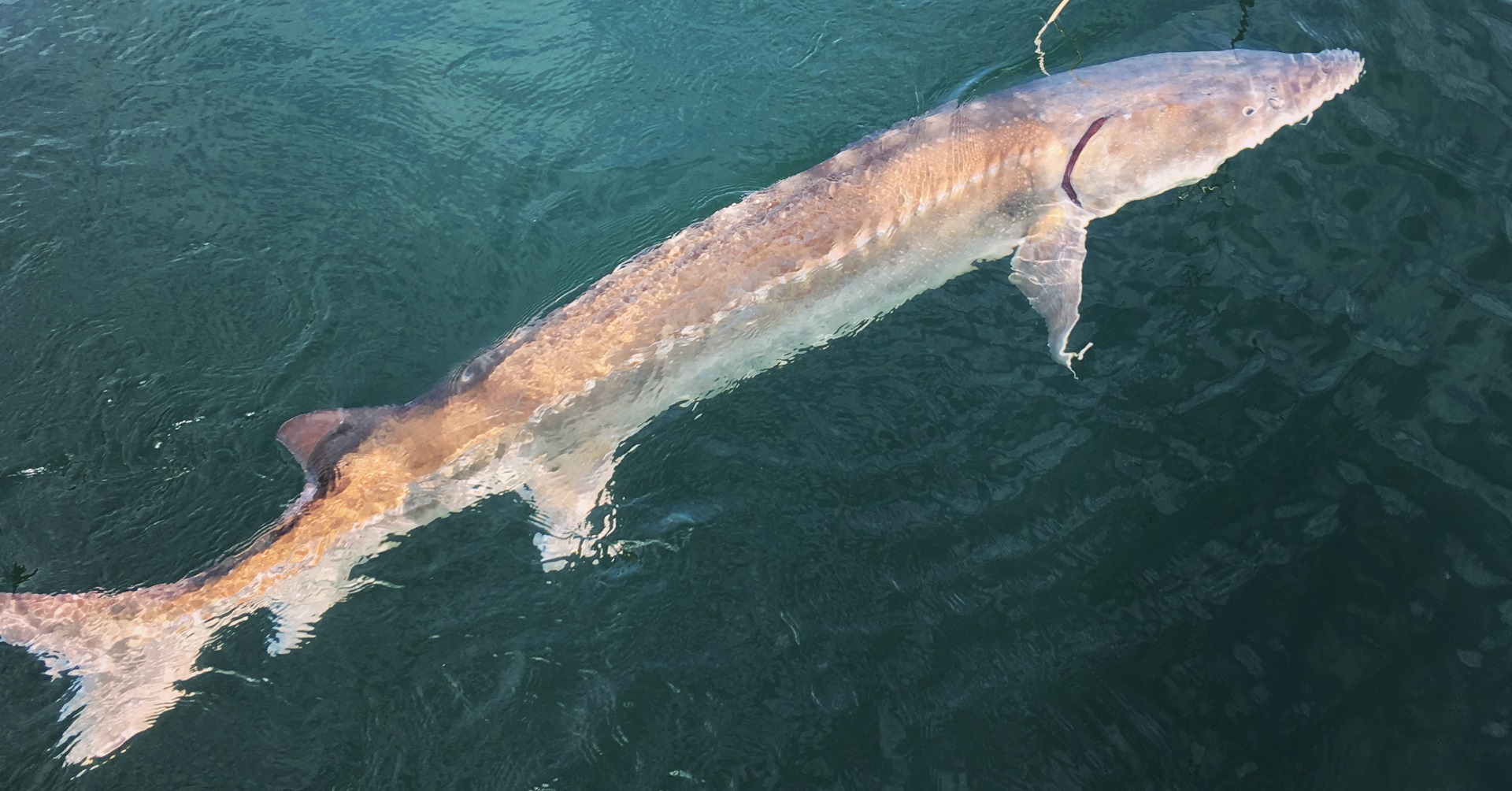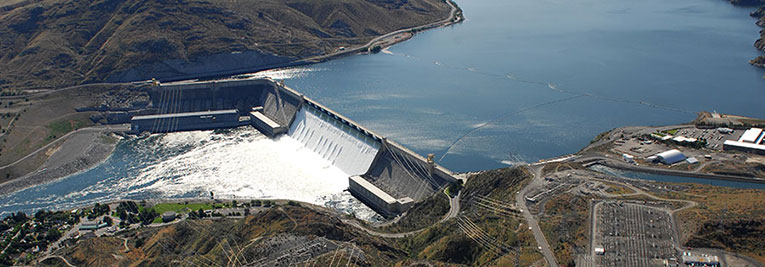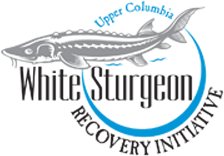
For more than a century, the upper Columbia River white sturgeon has been swimming against the currents of change. Once abundant, the white sturgeon population has suffered a serious decline in population numbers due to numerous changes to its environment.
White sturgeon are North America’s largest and longest-lived freshwater fish, reaching a maximum size of six metres (19 feet) and 800 kilograms (1,800 pounds), the white sturgeon can live for more than a century. Ancient sturgeon-like fish have existed on the planet for 175 million years, surviving ice ages, volcanic eruptions, flooding and mass extinction. The causes of the white sturgeon’s decline are not fully understood; however, in the last 125 years, human development, construction of hydro electric dams, water quality changes from contaminants, changes in flow patterns, as well as the introduction of exotic species and harvesting may have led to the sturgeon’s decline. In August 2006, the federal Canadian government officially listed the upper Columbia white sturgeon population as Endangered under the Species At Risk Act (SARA). This transboundary population, will also resides in Lake Roosevelt Reach, Washington State faces a similar situation of low numbers. Declining survivals have resulted in all recreational fishing for this specific fish population being suspended in both Canada and the US.

Researchers have recorded spawning, but have found very few young fish, indicating that few young sturgeon are surviving to adulthood. Available population estimates show that within the Canadian portion of the upper Columbia River basin, including the Arrow Lakes Reservoir, the white sturgeon population is about 1,000 wild fish. From the Canada-U.S. border to the Grand Coulee Dam in Washington Sate, about 3,200 adult wild sturgeon reside. Almost all fish are greater than 30 years old, suggesting a population of aging fish with relatively few young to replace the old.
The Upper Columbia White Sturgeon Recovery Initiative (UCWSRI) is a transboundary collaboration of over 25 partners from government, First Nations and American tribes, industry, environmental groups and others who are working together to build a healthy future for the white sturgeon in the upper Columbia River in British Columbia and Washington.
The UCWSRI was formed in 2000 to help white sturgeon return from the brink of extinction. The UCWSRI began with a 2-year agreement signed between the provincial and federal governments and BC Hydro formalizing a common commitment to address the endangered stats of upper Columbia River white sturgeon. The agreement defines some strategies for white sturgeon recovery, an allocation of start-up funding to initiative a recovery program, and the involvement of First Nations and the public. It is the first step towards the stabilization and stock recovery of white sturgeon in the upper Columbia River. In November 2002 the UCWSRI completed a Recovery Plan that identifies goals and recovery measures for rebuilding the white sturgeon population.
Many of the white sturgeon residing in the upper Columbia River today are older than you, your parents and even your grandparents. The Upper Columbia White Sturgeon Recovery Initiative wants to ensure that juvenile sturgeon today mature to adulthood and continue to live in the Columbia River long after we are gone, as they have done for millions of years.
